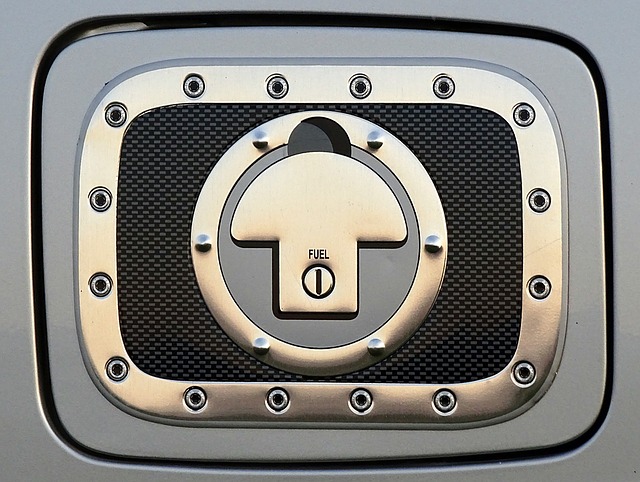If a voltmeter is much more easily accessible for you, then the process of checking the starter differs a bit.
The initial process of testing the starter is same. You have to switch the headlights on and then give the starter a try. If the headlights appear dim, then you will have to check the terminal of the starter pinion, the starter pinion itself, and the earth strap. If you think that the battery is sound, then use a voltmeter in the following way.
Step #1 – disconnect engine:
The first thing that you need to do is to prevent the starting of the engine. To do this, you will have to the disconnect the feed wire connected to the coil. This will either be marked with a + sign or with SW.

Step #2 – check the battery:
You have to connect the leads of the voltmeter across the terminals of the battery. The reading of the dial should be more than 12 volts. Then you should work the starter switch. The reading on the dial will fall but it should not go below 10.5 volts. If the reading stays constant, then it means that the fault exists either in the starter solenoid or in the ignition switch circuit. If the starter either turns slowly or doesn’t turn at all and the reading goes below 10.5 volts, then this is an indication of a flat battery. On the other hand, if the reading is between 10.5 and 12 volts and the starter slowly turns then either there is high resistance in the circuit or a mechanical seizure in the engine or the starter because of which it is unable to turn freely.

Step #3 – check the starter:
The next step is to check the voltage that is reaching the starter. If your car has a negative earth system, then you should connect the positive end of the voltmeter to the solenoid switch’s feed terminal. If the system is a positive earth one, the leads of the voltmeter have to be reversed. If the starter is an inertia type, then the positive lead is to be connected to the starter motor’s feed terminal.
Now, touch the negative lead of the voltmeter to the bare metal of the motor. For a second, the voltage will drop but not more than 0.5V. If the reading stays above 10.5V, this means that the starter circuit is perfectly fine and the problem lies in either the engine, the motor, or in the car starter solenoid. However, if the voltage drop is very steep then this indicates high resistance within the starter circuit. Next, connect the battery’s live terminal to the voltmeter’s negative lead and the starter motor’s feed terminal to the positive lead. The reading on the voltmeter should be 12V and it should reduce by 0.5V when the starter switch is worked. If the voltage does not fall, then check the solenoid.
So, there you have it, all the ways to test a car starter with voltmeter.

Safety is Mark’s top priority. His blog isn’t just advice; it’s a guardian angel for drivers. Stay informed about the latest safety features, and drive with confidence, knowing Mark has your back.












